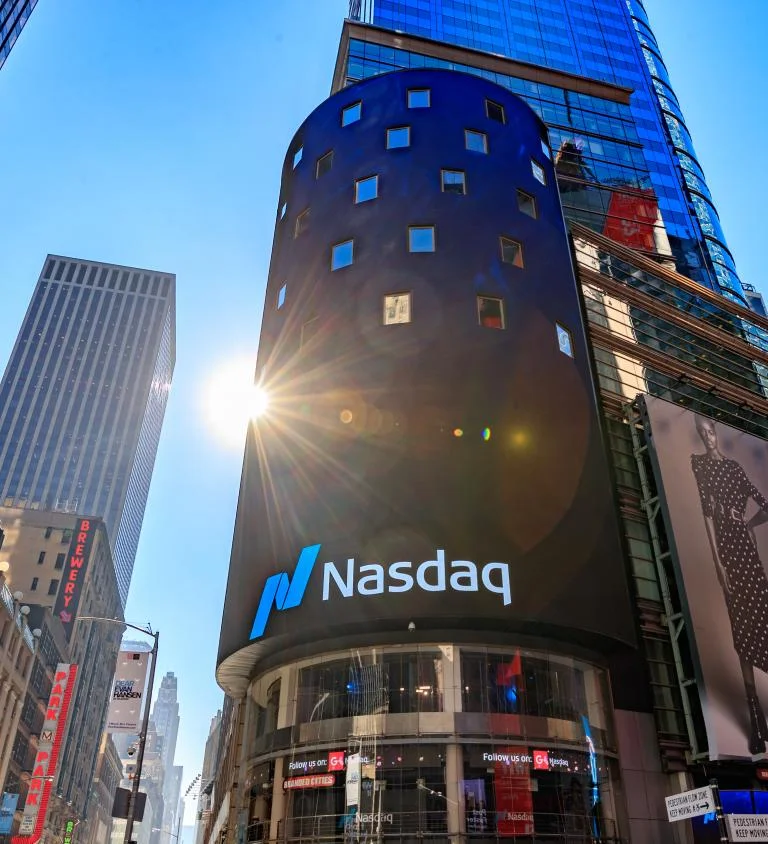Article Directory
Everywhere you look, the headlines are screaming. They’re flashing red, using words like “disaster,” “dagger through the heart,” and pointing to charts that look like the sheer face of a cliff we’re all about to drive off. They tell us the market is in “rarified territory,” that a metric called the Shiller P/E ratio has crossed a line only seen right before catastrophic crashes in 1999 and 2022. We Just Witnessed the Stock Market Do Something That's Occurred Only 3 Times Since 1871 -- and the 2 Prior Events Led to Disaster. They whisper the fearful words of Fed Chair Jerome Powell—"equity prices are fairly highly valued"—as if he’s carved them onto a tombstone.
And you know what? Based on the rulebook of the 20th century, they’re not wrong. The numbers are daunting. The historical parallels are, on the surface, terrifying.
But I’m here to tell you they are looking through the wrong end of the telescope. They’re using an old map to navigate a new world, a world being rewritten at an exponential pace by forces their models were never designed to comprehend. We are not experiencing a simple market high. We are witnessing the very first tremors of a technological renaissance, and the market, in its chaotic, forward-looking way, is just beginning to price it in.
The Echoes of Irrationality
Let’s be honest with ourselves and look the beast in the eye. The data points are, indeed, historic. The Shiller P/E ratio—that’s the cyclically adjusted price-to-earnings ratio, a metric that smooths out short-term fluctuations by looking at a decade of inflation-adjusted earnings—has soared past a multiple of 40. This has only happened twice before in 154 years: right at the peak of the dot-com bubble and just before the 2022 bear market. Both times, the aftermath was brutal.
We’re hearing echoes of Alan Greenspan’s famous “irrational exuberance” speech from 1996, a warning that came more than three years before the actual crash. Powell’s recent, uncharacteristically direct comment feels like the modern-day equivalent. Add in the “Warren Buffett Indicator,” which compares market cap to GDP and is sitting at an all-time high, and you have a perfect storm for doomsayers.
When I read these analyses, I get it. The pattern-matching part of our brain lights up like a Christmas tree. It feels familiar. It feels dangerous. But what if the pattern itself has changed? What if the underlying code of our economic reality has been fundamentally rewritten? Is it possible that what looks like a bubble from the outside is actually the scaffolding for a whole new kind of structure?

We're Measuring Rocket Ships with a Yardstick
Here’s the single most important idea I need you to grasp: the valuation tools that dominate financial headlines were forged in an industrial, linear world. They are brilliant at measuring established companies in predictable economies. But they start to break down when faced with exponential change.
Using the Shiller P/E ratio to gauge the value of an economy on the cusp of an AI and quantum revolution is like using a yardstick to measure the distance to the moon. The tool isn't broken; it’s just hopelessly, comically outmatched by the scale of what it’s trying to assess. The ten-year earnings average it relies on is a snapshot of a world that, for all intents and purposes, no longer exists.
Think about a company like Netflix. A decade ago, it was a DVD mailer and a plucky streaming upstart. Today, it's a global content-creation and technology platform that has completely reshaped the entertainment industry. Its growth has been staggering—a 1,000% surge in the last decade alone. How can a metric based on its performance in 2015 possibly capture the value of what it’s becoming in 2025 and beyond?
This is the kind of breakthrough that reminds me why I got into this field in the first place. We are not just seeing faster computers or better software. We're seeing the convergence of multiple, world-altering technologies—AI, quantum computing, genomics, decentralized networks—all hitting their inflection points at the same time, and this creates a multiplier effect on innovation and value creation that historical data simply can't model. It means we're building an entirely new economic engine while trying to measure its output with a dipstick from a Model T.
This isn’t just about stock prices. This is about a fundamental repricing of human potential. But with this incredible power comes profound responsibility. We have to ask ourselves: how do we steer this rocket ship? How do we ensure that the incredible wealth and opportunity being generated don’t just benefit a select few, but lift all of humanity? That’s the real challenge, and it’s one that won’t be solved by an algorithm.
The conversation needs to shift. We have to stop asking, "Is this a bubble?" and start asking, "Are we building a future that’s worthy of these incredible new tools?"
This Isn't a Bubble, It's a Launchpad
So, yes, the numbers are high. By every historical measure, we are flying in uncharted airspace. But we are not flying the same old plane. The fear you read in the headlines is the anxiety of an old world trying to make sense of the new one dawning around it. This isn't irrational exuberance. It's the market's clumsy, often chaotic, but ultimately rational attempt to grasp the sheer scale of the transformation that is already underway. We are at the very beginning of a new age, and these valuations aren't the ceiling—they're the floor.




